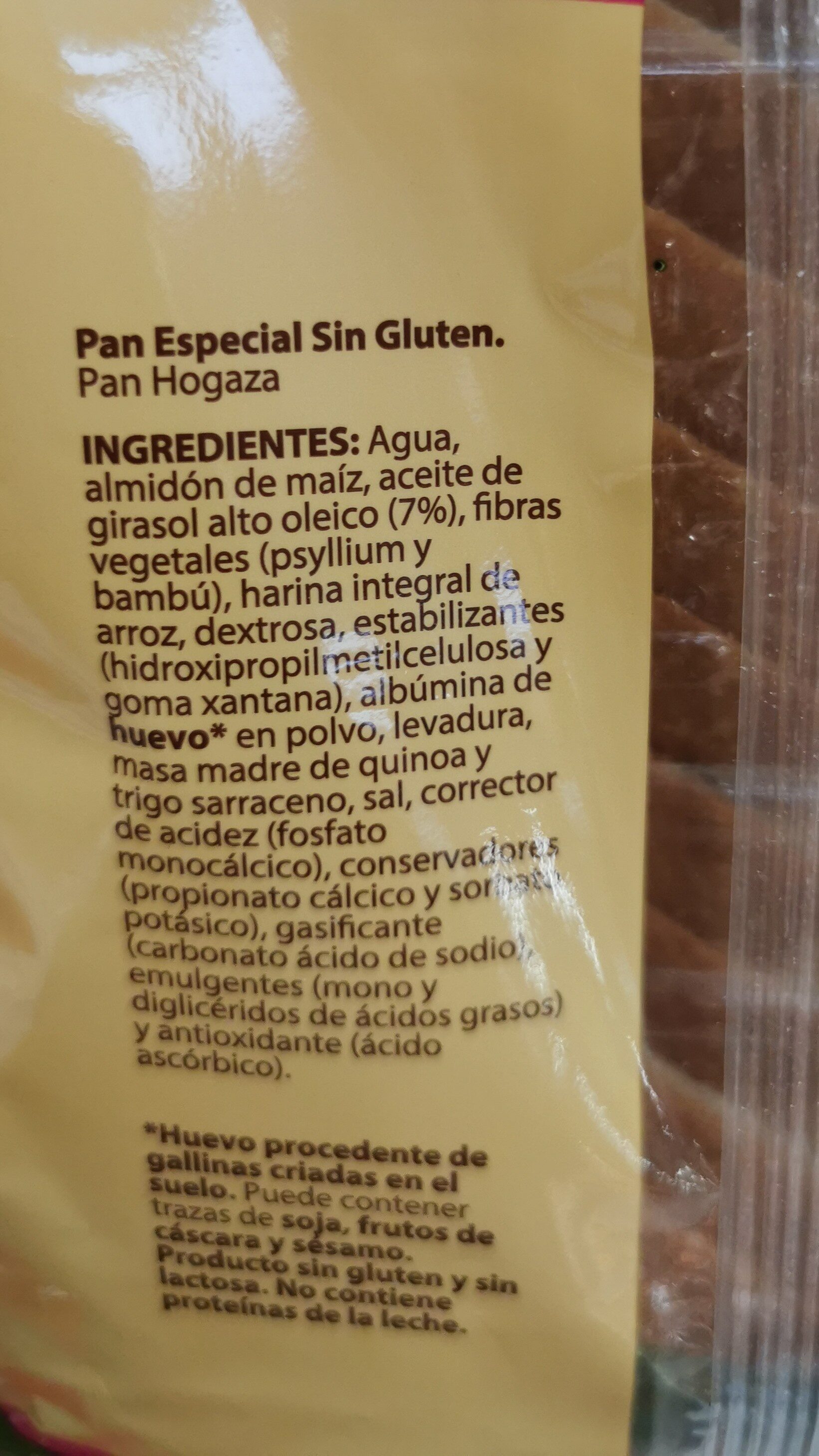Pan Hogaza sin gluten
Aquesta pàgina del producte no està completa. Podeu ajudar a completar-la editant-la i afegint-hi més dades a partir de les fotos ja disponibles, o fent-ne més amb l'aplicació de androide o iPhone / iPad. Gràcies!
×
Codi de barres: 8436541920415 (EAN / EAN-13)
Etiquetes, certificacions, premis: Lliure de gluten, Sense lactosa
Països on es va vendre: Espanya
Matching with your preferences
Entorn
Empaquetament
Transport
Report a problem
Fonts de dades
Producte afegit per kiliweb
Última modificació de la pàgina del producte per roboto-app.
La pàgina del producte, també editada per inf, yuka.sY2b0xO6T85zoF3NwEKvlmZ7VvPH-jD2BRfipULVwviKKI3ESMljy5H3Gas.
Si les dades són incorrectes o incompletes, pot completar o corregir editant aquesta pàgina.








